In Nina Sabnani's new title, Kaavad Tradition of Rajasthan, the IIT Bombay professor presents the history and design of these portable shrines that tell a wealth of stories within their doors, and salutes the communities who keep this story-art form alive
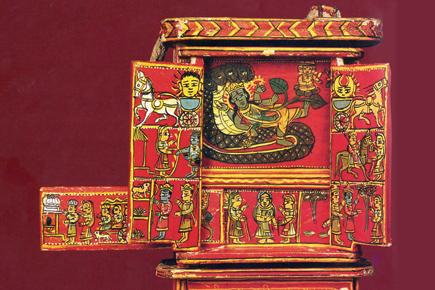
Kaavad Tradition of Rajasthan
Q. What inspired your book Kaavad Tradition of Rajasthan? What was the aim behind this book?
A. The book is a result of my doctoral thesis on the subject. The thesis was inspired by a question about the tradition itself, what sustained it, who were its practitioners and what importance did it have in their lives. The book aimed to make the findings more accessible to a general audience, who may also be interested to learn about a lesser-known tradition. This may be the first book that discusses the tradition in-depth.
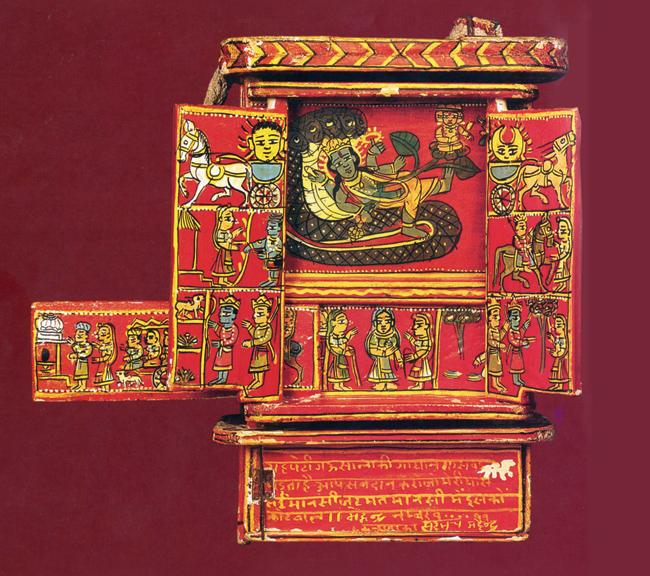
A Kaavad is carried by the storyteller during his recitations. Pic Courtesy/Niyogi books
ADVERTISEMENT
Q. Has time affected the Kaavad tradition?
A. Time affects every tradition, and the Kaavad is no different. The Kaavad makers have adapted to new patrons. They make smaller Kaavads for tourists, in various colours and on different themes. Storytellers perform for their hereditary patrons as well as for urban audiences, if invited.
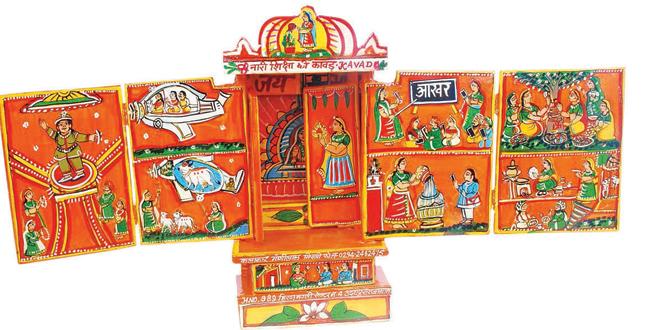
The girl child and education Kaavad by Mangilal Mistry; some Kaavad makers experiment with secular themes and contemporary issues
Q. Is there a Kaavad-like tradition elsewhere in the world?
A. There are Kaavad-like shrines/objects around the world but their form and objectives may not be the same. We have seen examples from Bhutan, Ethiopia (see image), ancient Egypt and in Orissa.
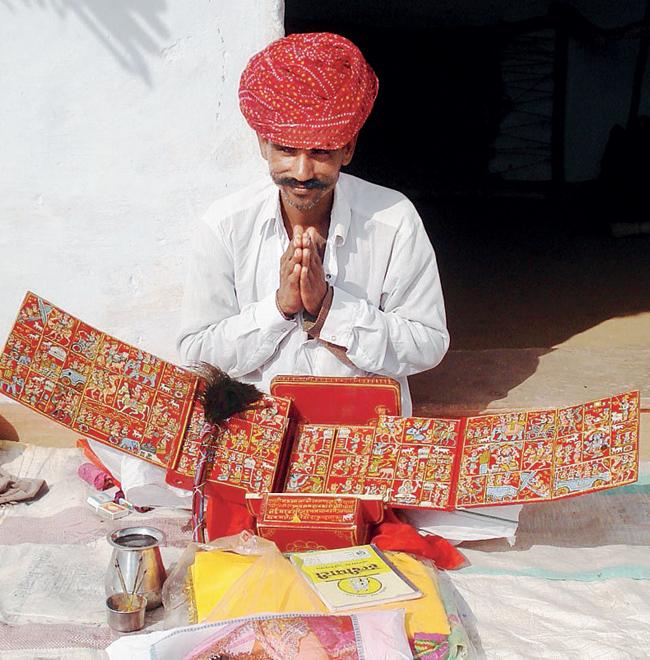
Kaavads are made by the Basayati Sutars of Bassi, Chittor, for the Kaavadiya Bhat storytellers of Marwar. Pics courtesy/niyogi books
Q. Tell us about the research for this project, as well as the challenges along the way.
A. My five-year research involved getting to know the Kaavad community that included the makers, the storytellers and their patrons. I used an ethnographic approach to learning about them and their belief systems. I travelled with them to their patrons and studied the performances in their natural settings. I also spent time with the makers to understand how they made the Kaavad and how they taught their children. In course of my research, I made a documentary film about the community and the Kaavad performance. I also collaborated with them to make two short animation films based on the stories they told from the Kaavad.
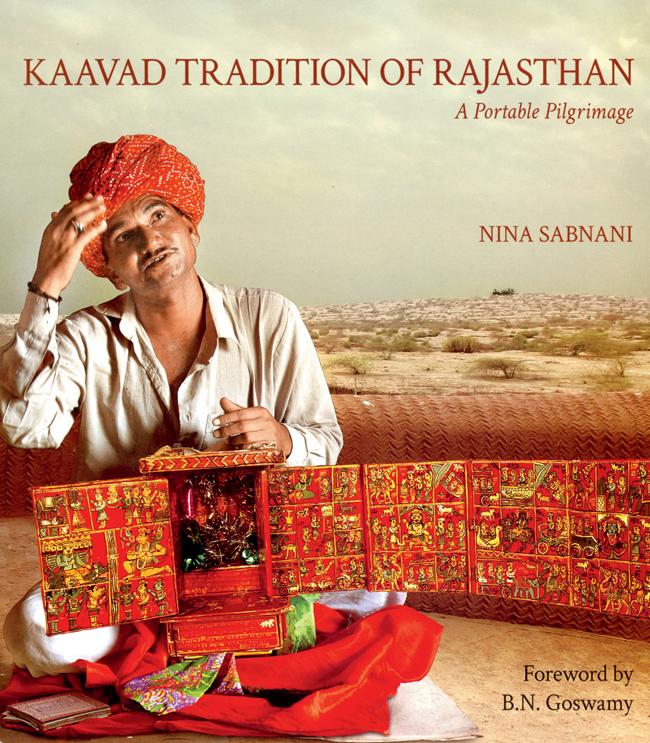
Q. Could you share a few interesting facts from the book.
A. What intrigued me about the Kaavad was how its design contributed to the objective of the performance. In a seamless world of the real and the virtual, the Kaavad serves to perform a pilgrimage for its patrons. It is also why I call it a portable pilgrimage. The turning of the panels, the stories told along with the paintings and the recitation of the genealogies, all create an experience of a pilgrimage. Interestingly, each patron is made to feel important through story. For example, a Jat patron is told he has descended from the jatas (dreadlocks) of Shiva, and this is through a narrative. Similarly, the storyteller is the progeny of Shravan Kumar and the story reveals how.
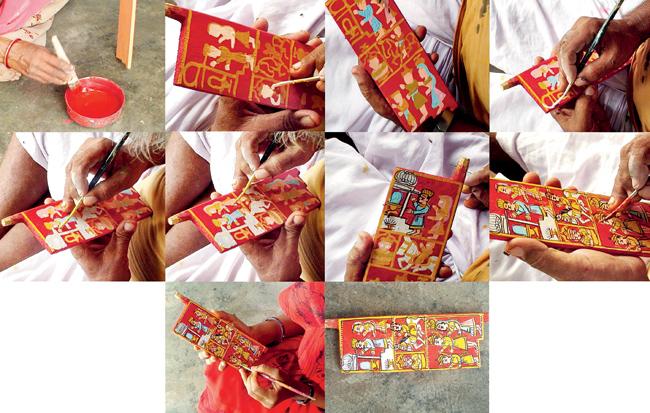
Q. What is the road ahead for the Kaavad?
A. The road ahead lies in the continued relevance of the Kaavad for its community, so it’s hard to say how long will it last and if it will stay the same. New communities (artists, designers, urban storytellers) are being formed that are interpreting the Kaavad for their communication purposes or creative expressions.
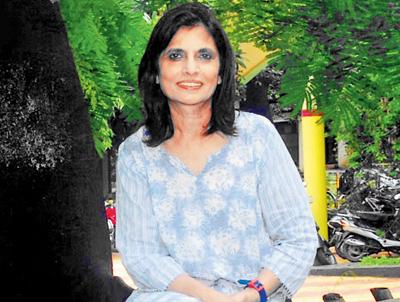
Nina Sabnani. Author and Professor
This leaves the custodians out of the picture, even as it creates a wider awareness about the object and the possibility of it surviving. Our efforts have been to conserve the narratives along with the object in the form of animated films. The future of the Kaavad hangs in the same space as so many other crafts and traditions in the country. They will disappear unless they become relevant or important to the lives of people as they do or did for their patrons.
 Subscribe today by clicking the link and stay updated with the latest news!" Click here!
Subscribe today by clicking the link and stay updated with the latest news!" Click here!







